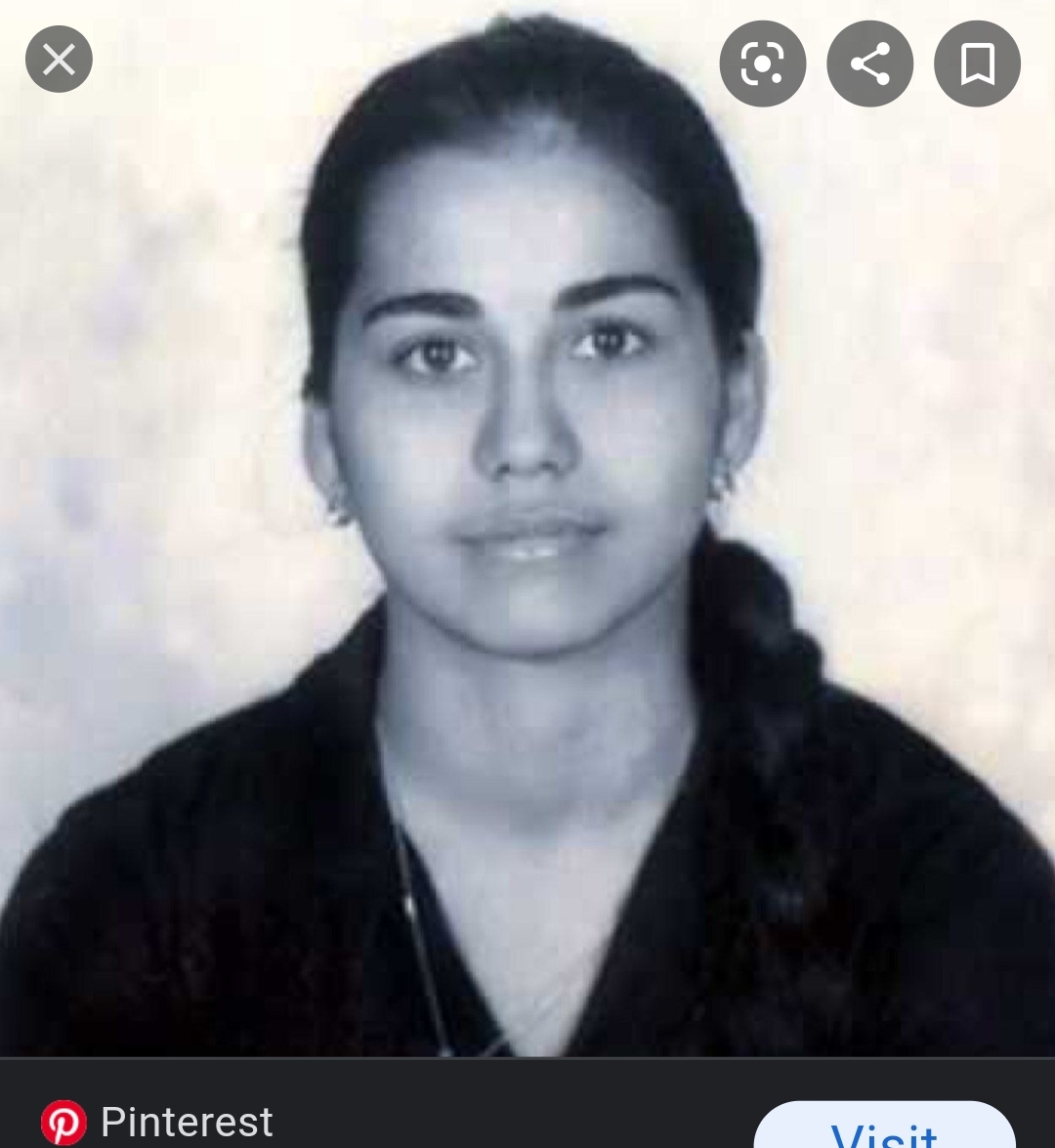
“Perhaps what we have most near is death, but that idea does not frighten me. We shall continue to fight for that which is just.”
1030: María Teresa Mirabal
One of the Famed Las Mariposas
Born: 15 October 1936, Salcedo, Dominican Republic
Died: 25 November 1960, Dominican Republic
Full Name: Antonia María-Teresa Mirabal de Guzmán
María Teresa was the youngest sister in her family, and studied mathematics in college. She greatly admired her older sister Minerva. María Teresa was married and had one daughter.
María Teresa was one of four sisters (Patria, Minerva, Dede, and María Teresa), all of whom were raised in a small Conservative community. The four sisters, known collectively as Las Mariposas, fought back against their country’s brutal dictator and are seen as feminist icons and activists around the world today.
A dictator ruled the Dominican Republic for over thirty years, from 1930 to 1961, during which time thousands were imprisoned and thousands more massacred along the border with Haiti. His rule was described by History thusly:
Known as “El Jefe” (“the Boss”) or “el Chivo” (“the Goat”), T-------* was the commander in chief of the army before he seized power in 1930. The prosperity, modernization and stability his regime brought to the country came at a high price: T------- took over the country’s economy, including production of such goods as salt, meat, tobacco and rice, and channeled the profits to his own family and supporters. Civil and political liberties disappeared, and only one political party, the Dominican Party, was allowed to exist.
T-------’s fearsome secret police rooted out dissenters, using tactics of intimidation, imprisonment, torture, kidnapping and rape of women, and murder. His regime would ultimately be responsible for tens of thousands of deaths, including the massacre of an estimated 20,000 Haitians living near the border between Haiti and the Dominican Republic in 1937.
In November of 1960, Patria, Minerva, and María Teresa were traveling with a driver when they were ambushed by the dictator’s soldiers. All four were removed from the car, taken to separate locations, and executed. The soldiers then put all four of the victims back in the car and pushed it off a ravine to make it look like an accident. However, no one in the country believed the story, and six months later the dictator himself was assassinated.
Today, In the Dominican Republic, a large monument that once commemorated the dictator who ordered their deaths has been replaced by a mural of the four sisters. Their former home is now a museum dedicated to the sisters’ memory. In 1999, the UN dedicated November 25th as the International Day to Eliminate Violence Against Women, in honor of the Mirabal Sisters.
*The dictator’s name has been redacted by the author of this article. His name is readily available on all the sources listed below, but the author has decided to focus instead on the Mirabal sisters themselves and not the man who murdered them.
Badges Earned:
Find a Grave Marked
Located In My Personal Library:
Bygone Badass Broads by Mackenzi Lee
A Short History of the World in 50 Lies by Natasha Tidd
Who Knew? Women in History by Sarah Herman
Time Magazine's 100 Women of the Year (Patria appears in the 1960 article, "The Mirabal Sisters”)
Sources:
https://www.history.com/news/mirabal-sisters-trujillo-dictator
http://www.learntoquestion.com/seevak/groups/2000/sites/mirabal/English/Cocoon/childhood4.html
https://www.findagrave.com/memorial/6023989/antonia-maria-teresa-mirabal

